The Transition to Hoplite Warfare 680-650 B.C.
1/57
Earn XP
Description and Tags
Slideshows, Pomeroy Textbook, and Brightspace Documents
Name | Mastery | Learn | Test | Matching | Spaced |
|---|
No study sessions yet.
58 Terms
Who made up most of the military for a city-state?
Average farmers and craftsmen
What were hoplites?
Heavily armoured foot soldiers
What was a phalanx?
A tightly packed row of hoplites
What were the weapons used by hoplites?
A long heavy spear used for thrusting and jabbing and a short slashing sword for close fighting
What armour did a hoplite wear?
A helmet, breastplate, and greaves all made of bronze
What was a hoplon?
A round shield made of wood covered with a thin sheet of bronze that was held by inserting the left arm through a central band and gripping a strap at the rim
What motivated hoplites to stay in a row?
The hoplite to the right of you would be covering you with his shield, so staying close meant more protection
What happened when opposing phalanxes collided?
The ranks behind shoved against those in front to push apart the enemy’s ranks
Overall, what were hoplite battles like?
They were usually short (not over an hour) and casualties were light (not over 15%)
What were hoplite campaigns like?
They were short, usually only over one summer as farmer-hoplites could not stay away from their fields or animals for long
What were military roles other than a hoplite?
The wealthiest 10% could afford horses and train as cavalry while the poorest could not afford equipment and would serve as lightly armed troops
How did hoplite techniques impact the aristocracy?
They no longer had authority in battle, they fought as equals to the middle class, and their sole responsibility to wield political power began to be undermined
What was the switch in military tacts in 680-650 B.C.?
Large-scale change in tactics and equipment created a more efficient and bigger-scale system of infantry
From where did the Greeks get the idea to switch to hoplite warfare?
The Assyrians after their invasion into eastern Asia Minor where Urartu employed Greek mercenary soldiers who observed tactics and brought them back to Greece
What was the Homeric mode of battle?
When individual, armoured aristocrats engaged in haphazard, single duels
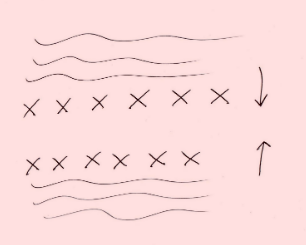
What does this diagram represent?
Homeric infantry tactics circa 1000-680 B.C.
What did the change to hoplite tactics required?
The recruitment and militarisation of much of the male middle class
How long did the change to hoplite techniques take?
About a generation so as to train the recruits in new equipment and tactics as well as the allow the family to supply his own armour
What is the first Greek battle with hoplite warfare?
The Battle of Hysiae in 669 B.C. fought between Sparta and Argos
Who won the Battle of Hysiae and why?
Argos as it was using hoplite techniques while Sparta was using the older aristocratic method
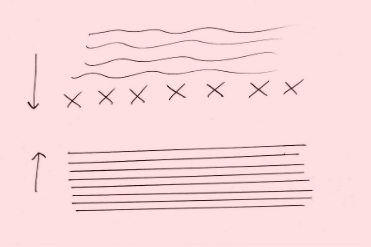
What does this diagram represent?
The Battle of Hysiae 669 B.C.
What effect did Argos’ victory at Hysiae have?
It caused an arms race throughout the Greek world, although Corinth and Chalcis may have already been beginning the switch to hoplite organisation
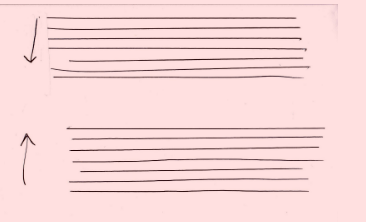
What does this diagram represent?
Hoplite warfare
How many rows would make up a phalanx?
Six to eight rows with several hundred soldiers per row
How many soldiers were at the Battle of Mantinea?
About 450 men per row meaning 3600 hoplites on each side
From where did the name hoplite come?
The shield, called a hoplon
How much weight did a hoplite carry?
About 70 pounds
How much more heavy infantry did hoplite armies have than previous armies?
About three times more
How much of the fighting-age male citizenry would have been hoplite?
60%
What are the two biggest hoplite city-armies?
Sparta at the Battle of Plataea with 10,000 and Athens during the Peloponnesian War with 16,000
How did the push work?
The first three hoplite ranks would advance with their spears held horizontally over the right shoulder while the ranks behind would hold spears vertically and advance, colliding and pushing the enemy apart
How were troops positioned based on skill?
The best troops were in the front, engaging in direct combat, the second best at the back pushing forwards and preventing retreat from the worst who were in the middle
How were wounds suffered in hoplite battle?
Sometimes soldiers suffocated due to the push but usually wounds were received around the edge of the breastplate or from a helmet denting inwards and stabbing the brain
What would an orderly retreat look like?
Hoplites would walk backwards starting from the last row and maintain their phalanx
What was the most common retreat for hoplites?
A disorderly collapse where some soldiers ran and phalanxes would separate
How was a retreating hoplite recognisable?
They had to throw away their shield and equipment to run, meaning they would return without it
What was the job of the cavalry in a hoplite retreat?
They would chase down fleeing hoplites or cover their own retreating soldiers
Why was cavalry so important in complete victory?
Fleeing hoplites could not be caught by winning hoplites due to their heavy equipment, so to maintain their own phalanx, cavalry was needed
What are the hoplite virtues?
Endurance, discipline, calmness in adversity, self-restraint, and teamwork
When did hoplite warfare begin to diminish?
After the mid 300s B.C. when King Philip of Macedon and his son Alexander the great introduced military reforms
What was a technical quirk of hoplite warfare?
A phalanx would involuntarily drift rightwards, giving each phalanx an initial advantage on the right
Why did phalanxes drift rightwards?
Soldiers would seek protection in his comrade’s shield on the right
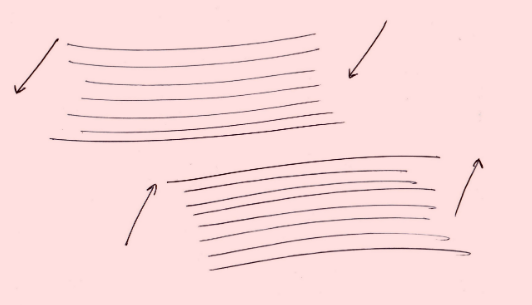
What does this diagram represent?
The rightward shift of phalanxes
What army was trained to exploit the rightward shift?
Sparta, who would swivel inwards and roll up the enemy phalanx from that side
How did Sparta exploit the rightward shift?
Their phalanx was hinged and divided into battalions with the far right one wheeling inwards soon after joining the battle
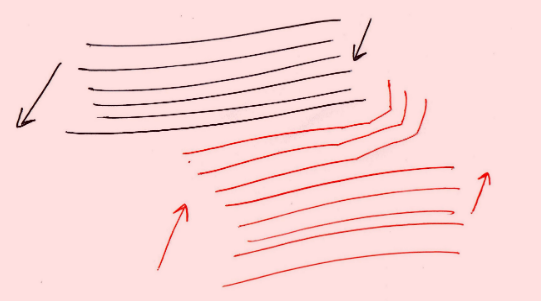
What does this diagram represent?
Spartans taking advantage of the rightward shift
Who eventually countered Sparta’s advantage?
Thebes who stacked their own left wing and destroyed the Spartan army at the Battle of Leuctra in 371 B.C.
What is military strategy?
The overall planning in military science, usually of campaigns and large scale operations
What are military tactics?
More local, reactive, smaller-scale decisions often made in battle
What was hoplite military strategy?
It relied on cooperation where the attackers would march into enemy territory and the defender would march out to meet them
How could light-armed infantry have been used more effectively?
They could have been employed as archers, slingers, and javelin throwers or could have been sent ahead into mountainous terrain the attacking enemy was crossing to block or hamper their approach
Why did Greeks not use light armed troops as much?
They saw warfare almost like a sport with rules and cooperation, breaking these rules with archers or the like would have been unsportsmanlike
What technical disadvantages did cavalry have?
No stirrups
No leather saddles, only saddle cloths
No horseshoes
Small horses
Small numbers
Who made cavalry more effective against infantry?
King Philip of Macedon and his son Alexander the Great
When did more light-armed troops begin to be used?
The Peloponnesian War
What are the three main phases of Greek military history?
Mycenaean and post-Mycenaean warfare circa 1600-750 B.C.
Hoplite warfare circa 650-320 B.C.
Era of Macedonian-developed phalanx 300-150 B.C.
How did Mycenaean warfare work?
It revolved around armoured noblemen who would take the field and duel with javelins, jabbing spears, and stabbing swords all made from bronze
What was one reason for Sparta’s military superiority?
Their citizens were professional soldiers while other tasks were done by slaves